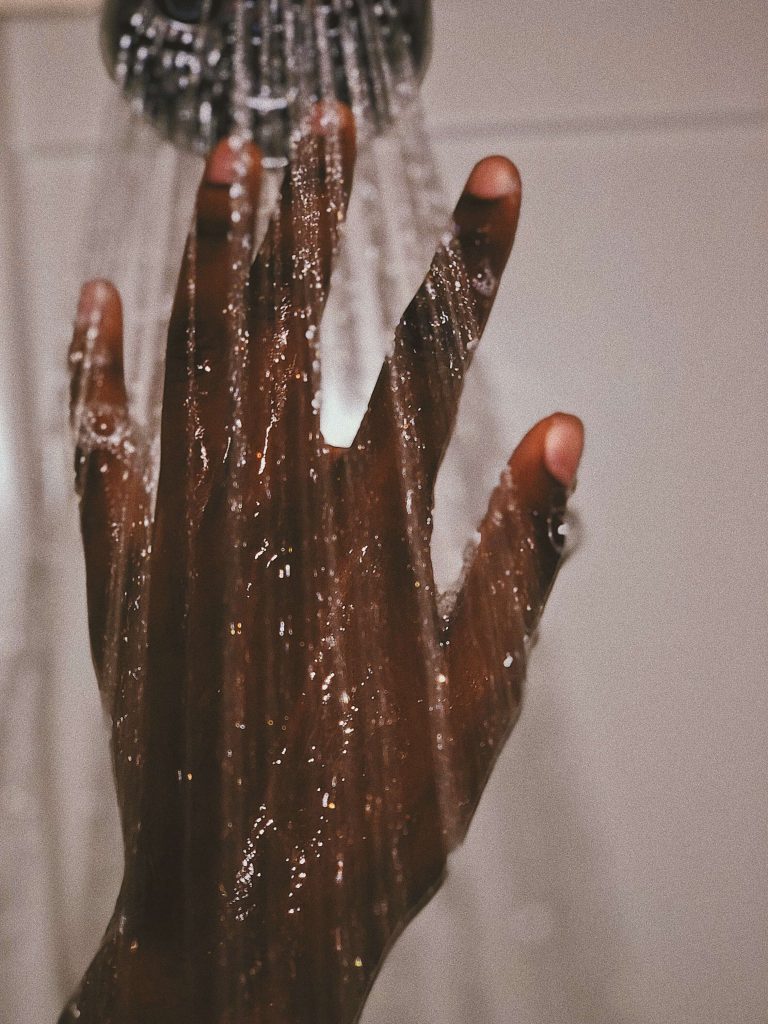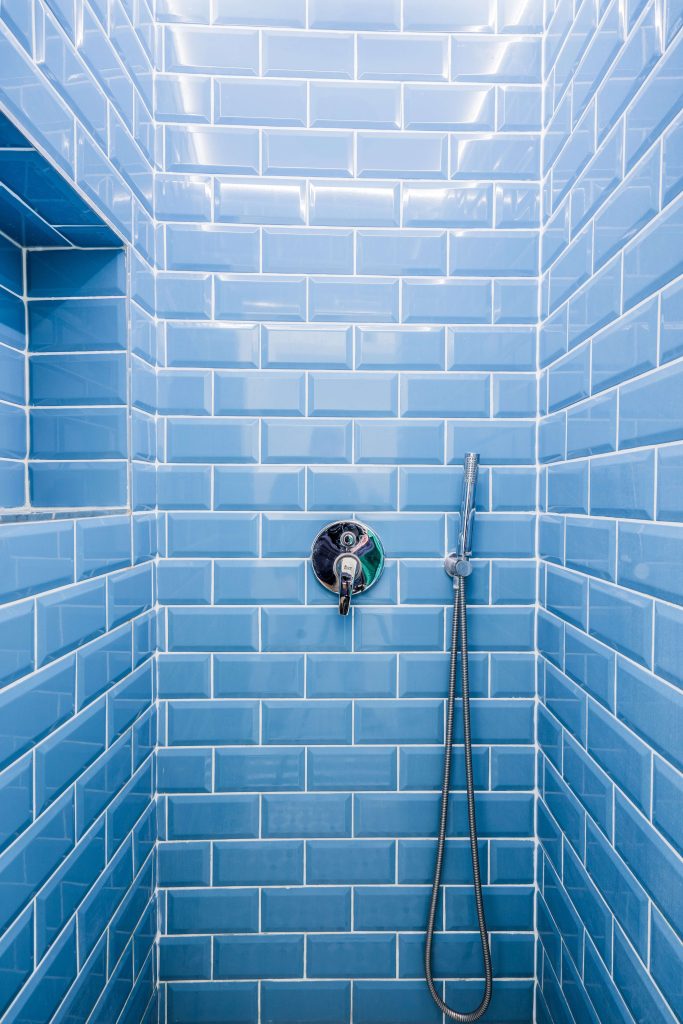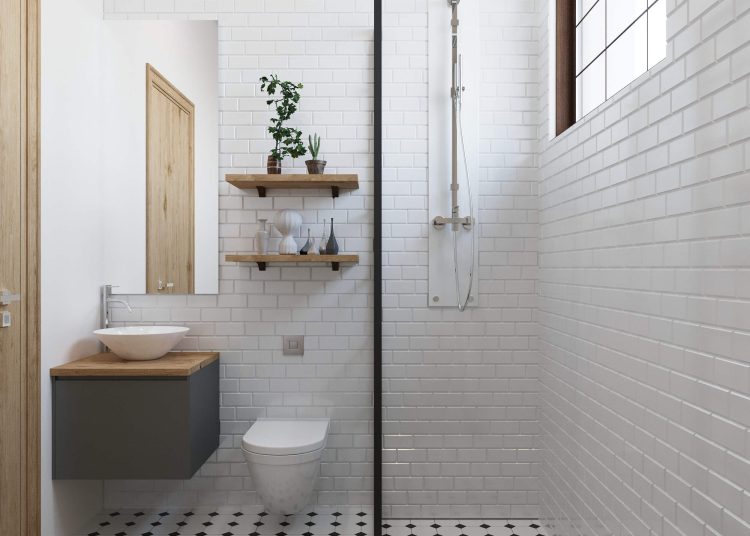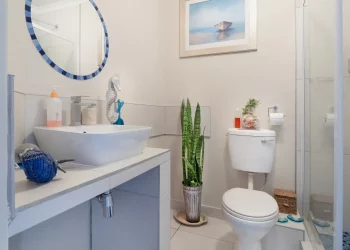Owning a home comes with responsibility when it comes to maintenance and this is especially true if you purchased an older home.
Leaking shower valves can be a real nuisance, potentially damaging walls and plumbing fixtures as well as running up your water bill quickly. While the shower leaks you can see are easier to repair, it’s the ones you cannot that are most problematic.
They can cause internal damage long before you even detect them. If you’re looking to take care of the leak yourself, here are some helpful hints to get started:
Please Note: A leaking shower valve may require the expertise of a professional if you don’t have the experience to repair it yourself. It’s always better to be safe than sorry any time you feel unsure, it’s best to book a reliable plumbing service around your area rather than letting the problem persist.
Before you get started, make sure you have all the necessary tools and materials for the job:
- Plumber’s tape
- Wrench for fitting pipes
- Screwdriver
- Basin wrench
- Pliers (optional)
- Screws (depending on your fixture or valve brand)
- Caulk gun (depending on your fixture or valve brand)
- Replacement parts (gaskets, washers, valves, etc.)
1. Signs of a Shower Leak Behind the Wall
When we talk about shower leaks behind walls, it can be tricky to spot the problem. However, you don’t need to be Sherlock Holmes or Bob the Builder to figure out what’s going on.
You might not be able to see it with your eyes, but signs of a hidden leak are always there whether you can recognize them or not.
So if you think something is leaking within your shower walls, don’t panic.
Here are some signs that you might have a shower leak:
Having an understanding of how to investigate these sneaky problems can help you track down the source and resolve issues quickly.
- Water drips from the ceiling onto the basement floor.
- Water stains on the ceiling below the shower, especially in an upstairs bathroom.
- Water drips from the ceiling when someone is showering.
- Spongy drywall/tile in front of the shower valve.
- Slow leaks, usually pinhole leaks from a faulty valve or sloppy soldering from water connection points to the valve.
- Detached tiles due to weakened grout and adhesives caused by long-term exposure to moisture.
- Mold and mildew grow in corners where there is a high amount of humidity and dampness.
- Visible stains on walls and flooring due to residue or rust caused by leaking water.
- A moldy smell if there is hidden leakage.
2. Determine Where Your Shower Is Leaking
If your shower is leaking from behind the wall, it can be tricky to find out what’s causing the issue. One way to start figuring it out is by taking off the shower plate and inspecting the valve connections.
If there isn’t enough room to inspect this way, you may need to remove a part of the wall so you can take a better look.
Some builders or homeowners even add an access panel in the wall for easier inspection and repairs but if yours doesn’t have one, then you’ll have to cut out a small window in your drywall.
This might seem like a lot of trouble, but it’s important to do it as soon as possible so that any leaks are sealed quickly before they cause more damage.
3. Cut an Inspection Window
A stud finder can be a great tool when you want to cut into drywall. It helps you locate the studs behind the wall so that you know where it’s safe to start cutting.
If you don’t have one of these electronic tools, don’t worry!
You can still find the studs by measuring 16 inches from inside the walls and knocking or tapping on them until you hear a different sound. That’s because most homes have studs placed every 16 inches center-to-center.
When inspecting showers for leaks behind the wall, use a reciprocating saw to cut in a 10×8-inch window. This should give you enough space to fit your flashlight and small mirror so that you can check for any signs of water damage or other problems.
Just remember that in many shower setups, there may only be two studs in the middle near where the valve is located—just enough for it to be properly braced and secured.
4. Look for Signs of Leaking
If your shower has been leaking, you may start to notice water stains on the drywall ceiling below the tub drain.
To find out for sure if these marks are from a leak, try running some water into the tub and observing whether or not it is draining properly. You can also feel around the copper pipes for any wetness.
If the leakage is recent, you might see a greenish-white discoloration on the outside of the copper piping, which is caused by oxidation over time.
If your home uses PEX piping instead of copper, however, it may be harder to tell if there has been a leak.
5. Turn on the Shower

If you don’t have access to the backside of the shower valve, your best option is to inspect it from the front side.
To do this, first, turn on the water and observe any dripping or leaking around the valve or surrounding pipes.
Check for any signs of water trickling down the sides of pipes and look for minute drops of water forming around joints with a flashlight and mirror. If you can identify where the leak is coming from (the shower arm or valve), you can take steps to fix it yourself.
6. Fix a Leaking Shower Arm
If the shower arm is causing your shower to leak behind the wall, it can be a relatively easy fix.
Start by removing the circular metal plate (known as an escutcheon) that surrounds the shower arm. Depending on the type of cover, you may need to unscrew the shower head before slipping it off.
After that, take a look at the shower arm itself – it could just be a matter of making sure it was properly installed and sealed. If that doesn’t work, you may need to replace it with a new one.
If you need to repair a leaking shower arm behind the wall, start by cleaning off any old joint compound with a wire brush.
Make sure the threads are dry and clean before wrapping them in Teflon plumbing tape. This can be found at your local hardware store. You should then be able to screw the arm back into the water pipe joint.
If you don’t want to use Teflon tape, you can also purchase Teflon pipe dope with an integral brush just make sure to cover all the threads evenly before tightening it back in place. Doing this should help prevent any future leaks caused by old pipe dope cracking or yellowing over time.
7. Fix a Leaking Shower Valve

Fixing a leaking shower valve behind the wall can be a bit more tricky.
Start by turning on the tub/shower valve, as hot and cold water usually enter here before being mixed to the desired temperature and sent to the shower head or tub.
If it’s leaking from the valve stem, you’ll need to shut off the water, replace the cartridge and restart. If it’s leaking from the valve body itself, cutting out the old unit so that you can piece in a new one with a repair coupling is usually necessary.
PEX piping will make this easier, as it doesn’t require as precise measurements to fit correctly.
Frequently Ask Questions about Fixing Shower Leaks Behind Wall
When should you not use plumbers’ tape?
Plumber tape should not be used when connecting PVC fittings or valves with a female (FPT) thread, as it can cause stress on the joint during assembly. PTFE tape cannot guarantee a watertight seal and is not suitable for all types of piping connections.
What is the most common cause of shower leaks?
The most common cause of shower leaks is the movement of the shower tray and sealant issues, such as poor adhesives or mold in the sealant.
How much does it cost to fix a leaking shower?
A typical shower should last for about four years before it develops a fault, according to a recent survey of over 1,700 owners.
However, with proper maintenance and care, the lifespan of your shower can be extended, and you can enjoy longer use of it.
How do you stop water leaks instantly?
You can temporarily stop water leaks instantly by wrapping a thin piece of rubber around the leak once and tightly wrapping it with electrical tape. Then, a C-clamp should be applied to the patch to create pressure with the seal and hold off any leakage.
The type of rubber material needed to patch a leak depends on the size, location, and severity of the leak.
For smaller leaks, using an adhesive-backed rubber gasket or washer can be used to create a watertight seal. On bigger leaks such as those found in pipes, a thicker material such as EPDM (Ethylene Propylene Diene Monomer) rubber can be used for its waterproofing properties.
Is plumber’s tape better than plumber’s putty?
Thread seal tape and pipe dope are both effective pipe sealants.
However, many people prefer using thread seal tape since it is cleaner to work with than traditional grease or paste-like sealants.
Plumber’s putty is used to form a water-tight seal between the sink and the faucet and between the sink and the drain.
You might be interested: How to Troubleshoot a Running Toilet Like a Pro
Final Word
Fixing shower leaks behind the wall can save you lots of money in long-term water bills and expensive repairs. If your leak is from a shower arm, the fix is relatively simple and can be done on your own.
However, if it’s coming from the shower valve, it’s best to call in a professional, as this may require extra experience and knowledge to repair correctly.
It’s always better to be safe than sorry, don’t let any problems persist for too long.




















